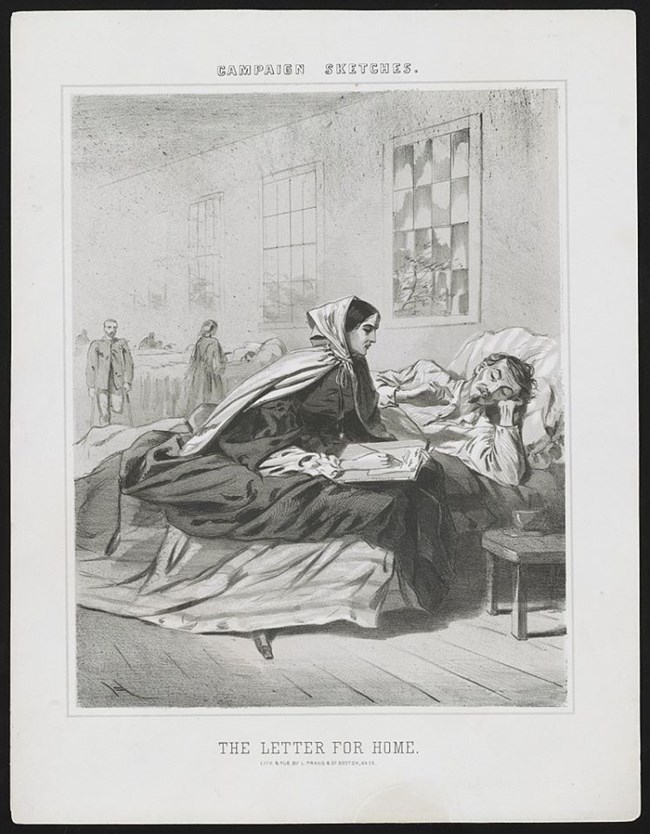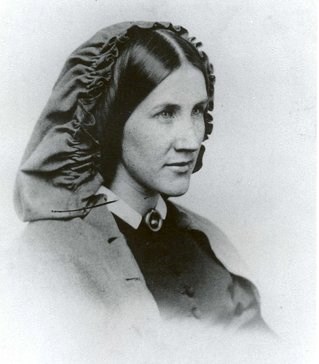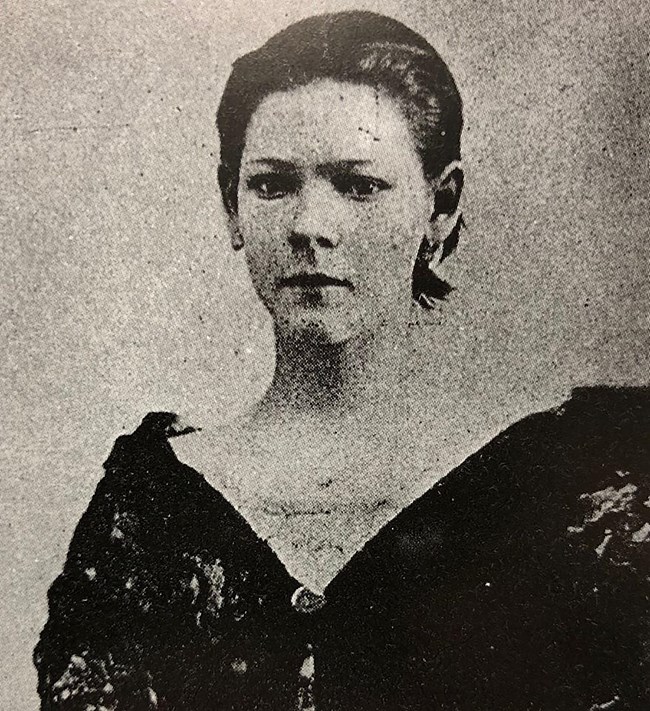Last updated: September 22, 2022
Article
Breaking Down Boundaries: Women of the Civil War

The Civil War was an unprecedented event in United States history that reached every corner of the country. Thousands of men lost their lives at Gettysburg in 1863 in a battle for freedom and unity; a battle whose after-effects still reach us today. Though the story of these men is one to be remembered, we often forget about the people they left behind.
Wives, mothers, children, and so many more watched their men go off to fight, hoping their lives would be spared and they would return home. Proper etiquette deemed that women remain home, but there were those who took this opportunity to serve their country in more ways than one. There were nurses, civilian volunteers, and writers who stood in solidarity with their male counterparts to serve the country they believed in. These women of the Civil War courageously fought not only the enemy soldiers but the traditional expectations of a 19th century gentlewoman.
Civilians are often portrayed as bystanders in the grand scheme of battle, but while the fighting raged, they were hard at work maintaining life at home. Women who had stayed behind filled a variety of roles from managing farms, running shops, taking on business ventures, and playing a more active role politically in a husband or father’s absence. They managed farms and businesses but were encouraged to remain homebound as a support for their men who were called to enlist. An article published in April 1861, in the New York Independent, by Harriet Beecher Stowe, called American women to a collective patriotism in which they would be the image of stoic strength. She wrote, “We thank God for mothers that cheer on their sons, for young wives that have said ‘go’ to their husbands, for widows who have given their only sons.”[1] Male and female writers during the first two years of the war reinforced these complementary roles, but as the war dragged on women sought more dynamic occupations.

Having grown tired of the role assigned females during the war, some women would branch out and move towards active employment. One woman who left home to become a nurse in 1863 explained to her father, “’I am tired of this life; of this slow, inactive, wearing life, with its leaden hours…I want to do some work, to render some service for my country.”[2] Women across the country became nurses in order to contribute to the war effort more directly. It is estimated that 5,000 - 10,000 women volunteered during the war.[3] At the time, most medical positions were filled by men. Because of the shortage of available physicians, however, women were more readily accepted as volunteers. Led by figures like Clara Barton, they would educate themselves on medical care, some like Georgeanna Woolsey even becoming licensed doctors.[4]
Nurses would travel in from other states, following the army who they knew would need to be cared for. With the assistance of female writers who incorporated female soldiers, nurses, and spies into their literature, a new image of women began to compete with the older, traditional self-sacrificing ideal.[5]
The upheaval brought by the civil war gave women a mobility that was more socially accepted. Not that everyone, however, was wholly approving of these new social roles. Philanthropist Samuel Gridley Howe, for example, praised Florence Nightingale for her prowess as a nurse, but discouraged his own wife’s efforts in writing and public speaking.[6] The nurse was a lauded figure, but women on their own were still seen as passive creatures. By the end of the war, however, nursing was almost cemented as a woman’s profession.[7] This set a social precedent that demonstrated the strength and bravery women had which would be incorporated in future movements for equal rights. It publicly displayed, in the face of both praise and criticism, that women were capable of doing men’s work.

Female authorship was a crucial part of women’s developing social status. Nurses recorded their experience on the battlefield and civilians kept journals of their days at home and the skirmishes that passed by. One such girl from Gettysburg, Tillie Pierce, was only 15 when the Gettysburg campaign took place.[8] After taking care of soldiers just behind Little Round Top, Tillie would later write a detailed account of the battle called, “At Gettysburg, of What A Girl Saw and Heard of the Battle: A True Narrative”.[9] Women writers, especially in the north, typified a stronger, more active woman in the popular imagination. By telling the stories of brave nurses, civilians, and soldiers who faced death and disease with courage, they chipped away at traditional narratives about homebound women and replaced them with a new, mobile heroine.
The Civil War was a time of immense upheaval in many ways, but it presented a unique opportunity for women to step into roles they had never been able to access before. It gave them choice of being both a supportive wife and mother as well as a patriot for their country. While acceptance was varied, this was a foot in the door and the start of a slow march to equality.
